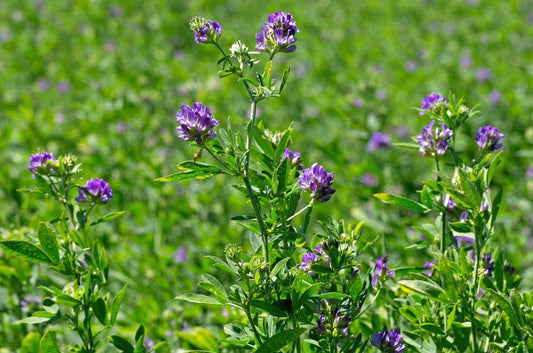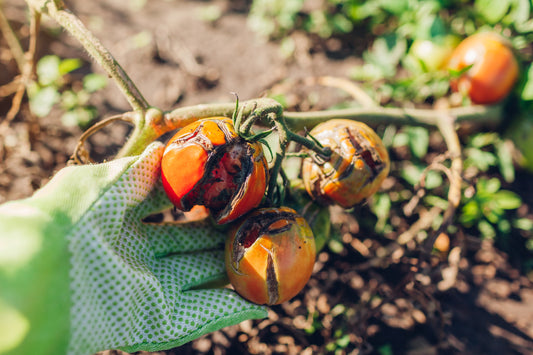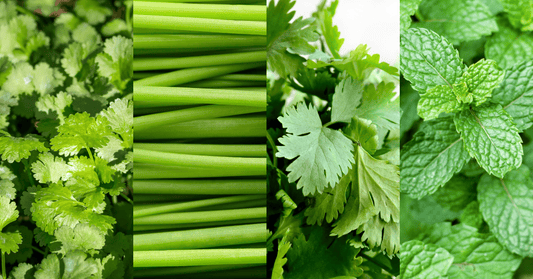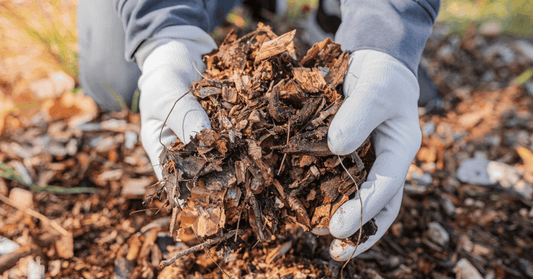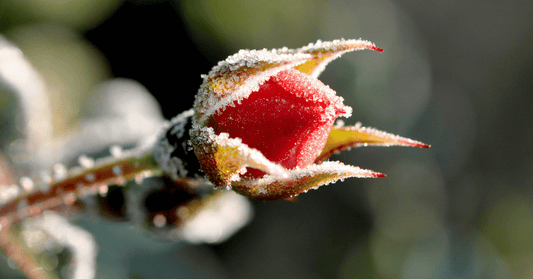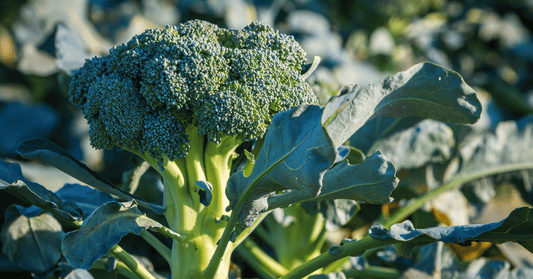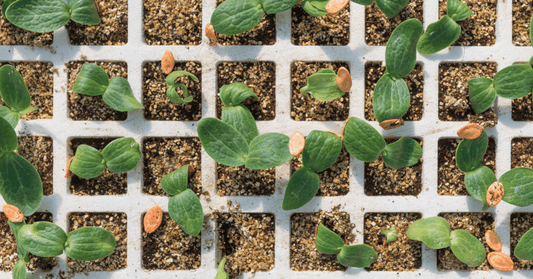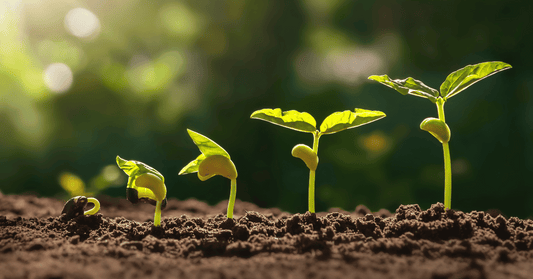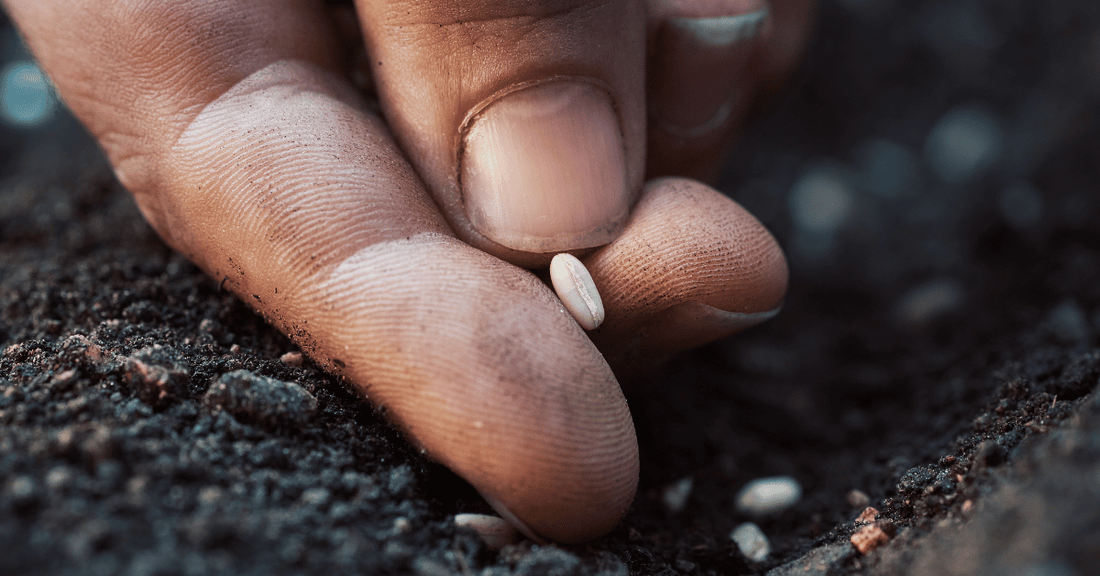
A Comprehensive Guide for Organic Gardeners: Researching, Choosing Seeds, and Starting Seeds Indoors
For passionate organic gardeners, the journey from seed to harvest is a labor of love, requiring careful consideration and nurturing attention. Whether you're a seasoned grower or just starting your organic gardening adventure, selecting the right seeds and mastering the art of starting them indoors can significantly impact your garden's success. This comprehensive guide aims to assist organic gardeners in researching, selecting, and successfully starting seeds indoors.
Researching Seeds
- Understanding Seed Types:
- Open-Pollinated Seeds: These seeds are pollinated naturally and will produce plants similar to the parent plant. They are ideal for saving seeds and maintaining genetic diversity.
- Heirloom Seeds: Passed down through generations, heirloom seeds retain historic and cultural significance. They often showcase unique flavors, colors, and adaptability to specific regions.
- Hybrid Seeds: Cross-pollinated deliberately to exhibit specific traits, hybrid seeds may offer higher yields or disease resistance. However, they do not reliably produce offspring with identical characteristics.
- Consideration of Climate and Region:
- Opt for seeds that thrive in your local climate and growing zone. Understanding your region's frost dates and growing conditions ensures better seed selection.
- Research varieties that are well-suited for your specific microclimate, such as heat-tolerant plants for warmer regions or cold-hardy varieties for cooler climates.
- Seed Sources and Quality:
- Seek reputable seed suppliers that prioritize organic, non-GMO seeds. Look for certifications or labels indicating organic and non-treated seeds.
- Consider joining seed swaps or local seed-saving communities to access diverse, locally adapted seeds.
Choosing Seeds
- Assessing Seed Viability:
- Check for seed viability by conducting a germination test before planting. Place a few seeds on a damp paper towel in a sealed bag and observe their sprouting rate.
- Examine seed packets for information on germination rates, date of harvest, and specific planting instructions.
- Selecting the Right Varieties:
- Consider your garden's space, available sunlight, and soil conditions when choosing seed varieties.
- Prioritize plants that complement each other, such as companion plants that benefit one another or attract beneficial insects.
Starting Seeds Indoors
- Gather Necessary Supplies:
- Prepare seed starting trays, seedling pots, or recycled containers with drainage holes.
- Use high-quality organic seed starting mix or create a homemade mix using compost, vermiculite, and peat moss in equal parts.
- Sowing Seeds:
- Follow seed packet instructions regarding planting depth, spacing, and recommended indoor start dates based on your region's last frost date.
- Label each tray or pot with the seed variety and planting date to track growth progress.
- Providing Optimal Growing Conditions:
- Maintain consistent moisture levels by misting or watering gently, avoiding over-saturation that may lead to damping-off disease.
- Ensure adequate warmth and light by placing trays near a south-facing window or using grow lights for at least 12-16 hours daily.
- Transplanting Seedlings:
- Once seedlings develop their first true leaves, gently transplant them into larger containers to encourage healthy root growth.
- Harden off seedlings by gradually exposing them to outdoor conditions before transplanting them into the garden.
Conclusion
Researching and selecting the right seeds and mastering the art of starting seeds indoors are fundamental aspects of successful organic gardening. By understanding seed types, considering your climate and region, sourcing high-quality seeds, and following proper indoor seed starting techniques, organic gardeners can set a strong foundation for a thriving garden. The investment of time, care, and knowledge in selecting and nurturing seeds indoors ultimately yields a bountiful and sustainable organic harvest. Happy gardening!
